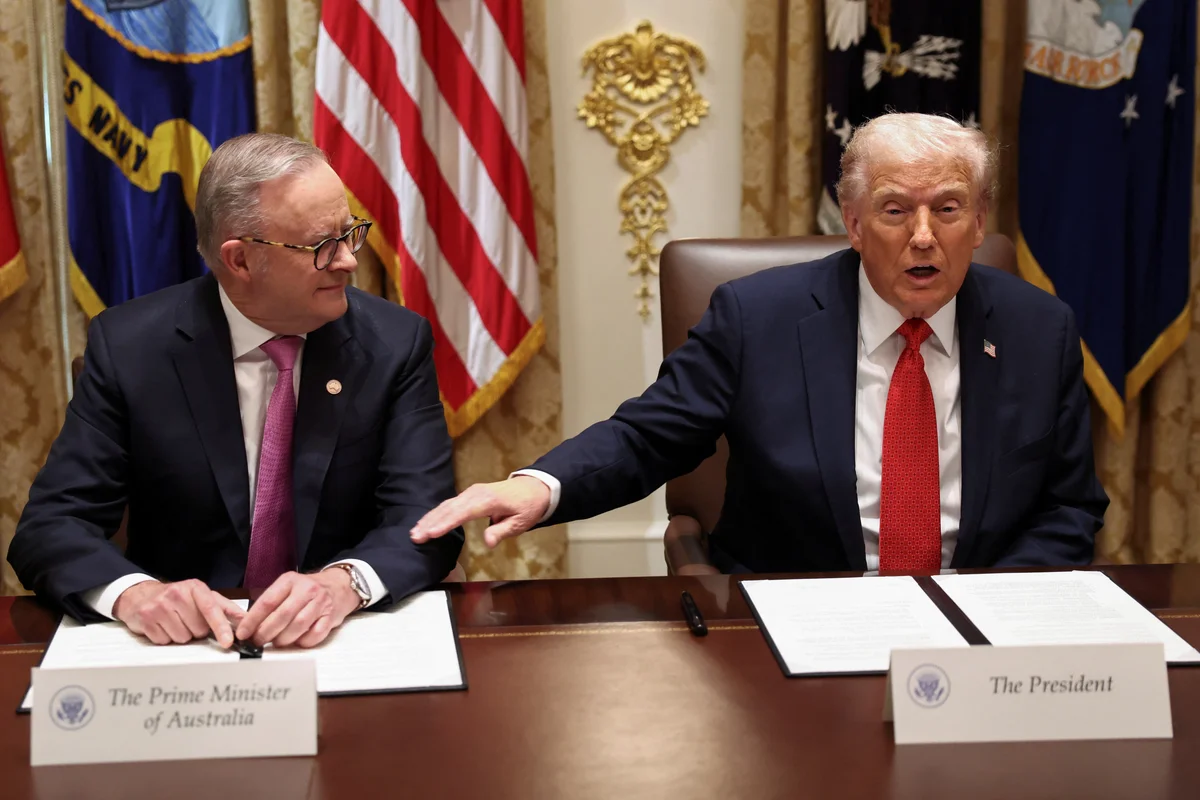Copyright financialpost

When Donald Trump returned to the White House in January, trade became his bluntest policy tool. By February, the new administration announced sweeping tariffs: 25 per cent on most Canadian imports, 10 per cent on energy, and similar penalties on Mexico and China. After a series of short delays, those tariffs are now in force — and Canadian businesses are feeling the pain. The timing could not be worse. Growth has slowed, inflationary pressures remain stubborn and investment is tentative. Canada sends nearly 80 per cent of its exports south of the border. That is $600-billion-plus in goods and services — and three million jobs — now caught in the crossfire of U.S. protectionism. Roughly $3.6 billion still crosses the border daily, but the cost of doing business has climbed and uncertainty has become the norm. Trump insists the U.S. loses US$800 billion annually because of trade imbalances. That number is debatable, but the politics are clear: tariffs play well with his base and punishing partners like Canada is part of his America-First script. Ottawa’s initial response has been measured. The federal government announced targeted counter-tariffs and promised relief for affected industries, but has so far avoided a full-scale retaliation that could spiral into a deeper trade war. Business groups, however, warn of layoffs in manufacturing, auto, agriculture and energy if tariffs persist into 2026. Provinces are pressing for sector-specific aid, while investors eye the Canadian dollar nervously as markets recalibrate. For Canadian CEOs, this is not an abstract policy debate — it is a live risk to strategy and profitability. Tariffs squeeze margins, disrupt supply chains, and sap investor confidence. Already we are seeing: Higher costs and delays for manufacturers reliant on U.S. parts and raw materials.Layoffs and hiring freezes as employers scale back plans in the face of volatility.Shifts in consumer sentiment, with Canadians more willing to “buy Canadian” even if it costs more. The impact is uneven. Some sectors — retail, consumer goods and automotive — have absorbed blows immediately. Others, such as natural resources are hedging with diversified markets. But no sector is immune. Leaders need to balance what’s happening in the marketplace (outside-in) with their organization’s internal capabilities (inside-out). Short-term, businesses must stabilize cash flow, optimize supply chains and build buffers to withstand tariff shocks. That means diversifying vendors, reviewing customs classifications, exploring tariff-mitigation tools like bonded warehouses and adjusting pricing strategies without alienating customers. Strong balance sheets, flexible headcount strategies and clear communication with stakeholders act as shock absorbers. Long-term, companies must adapt structurally. That requires aligning strategy with new market realities, investing in talent and technology, experimenting with alternative supply chains and expanding into markets beyond North America. Europe, Asia and Latin America offer opportunities that can reduce reliance on a volatile U.S. relationship. Canadians have lived through trade turbulence before, from NAFTA renegotiations to steel tariffs. What makes 2025 different is the scale and unpredictability. This is not a one-off policy move; it is a central pillar of Trump’s economic agenda.



